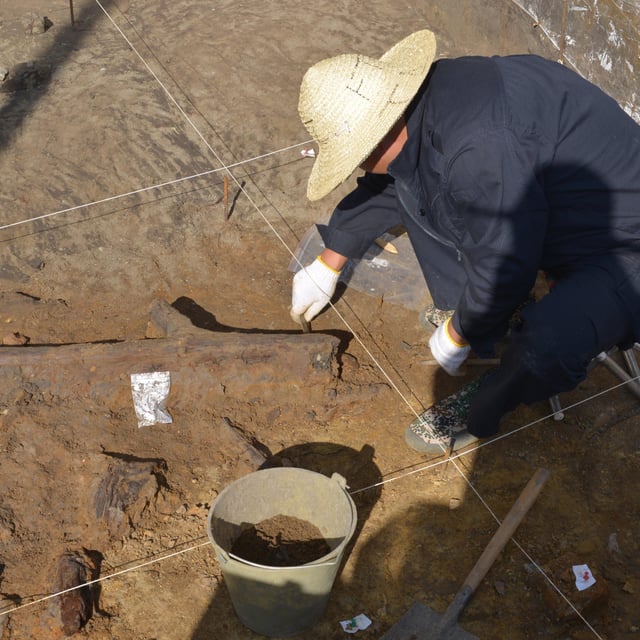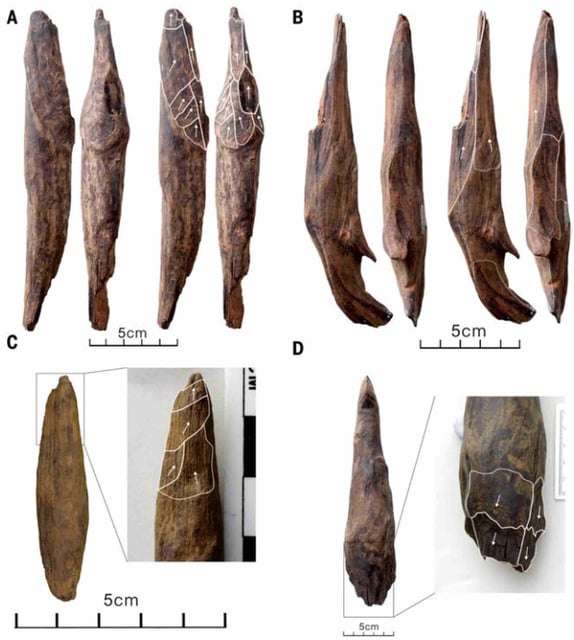Overview
- A Science publication on July 3 details 35 intentionally shaped wooden implements from Gantangqing as the earliest complex wooden technology in East Asia.
- Multiple dating methods—infrared stimulated luminescence, mammal tooth analysis and feldspar assays—date the artifacts to between 361,000 and 250,000 years ago.
- Wear patterns, scraping marks and plant residue show the tools were purpose-made for digging up and processing underground tubers and other vegetation.
- The assemblage overturns assumptions of technological conservatism in Middle Pleistocene East Asia by revealing advanced woodworking skills.
- Researchers plan targeted excavations of deeper site layers near Fuxian Lake to refine the attribution of these tools, with Denisovans as the leading candidates.


